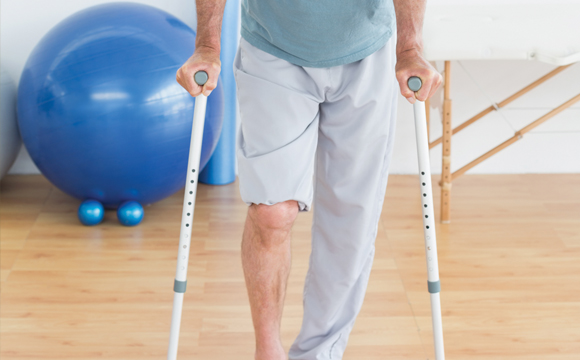One of the main techniques used to alleviate dyspnea in physical therapy is the practice of controlled breathing activities. These exercises often focus on diaphragmatic breathing, which encourages patients to use their diaphragm rather than their upper chest muscles when inhaling. This method helps to maximize lung capacity and effectiveness. Additionally, pursed lip breathing is another technique that can be beneficial. This technique requires inhaling through the nose and exhaling slowly through compressed lips, which can assist to keep airways clear longer and make breathing feel easier. By incorporating these activities into therapy appointments, physical therapists can provide patients with tools to manage their breathing difficulties both during and beyond of their appointments.
Another crucial aspect of controlling dyspnea in physical therapy is the creation of an personalized exercise regimen. Tailoring exercises to satisfy the individual needs and abilities of each patient is crucial. Therapists should slowly introduce aerobic exercises, such as ambulating or biking, in a controlled manner, allowing patients to build their endurance over a period. This incremental approach helps patients to feel more at ease with fitness activity while simultaneously improving their lung capability and overall endurance. It is important for therapists to observe patients closely during these activities to make sure they are not overexerting themselves, which could lead to greater shortness of breath.
Teaching also plays a significant role in alleviating breathing difficulties during physical therapy appointments. Providing patients with information about their condition and the factors behind breathing difficulties can empower them to take charge of their health. Therapists can explain how factors like anxiety, posture, and surrounding conditions can affect breathing. By understanding these ideas, patients can discover to control their symptoms more efficiently. Techniques such as anxiety reduction methods and proper body mechanics can further assist in reducing the effects of breathing difficulties during daily activities and therapy sessions.
In summary, effectively alleviating dyspnea in physical therapy sessions involves a mix of breathing activities, personalized exercise programs, and patient education. By implementing these efficient methods, physical therapists can assist patients manage their breathing difficulties and improve their overall well-being. Working together between therapists and patients is crucial to create customized interventions that address individual needs. With the right support physical therapy for chronic fatigue syndrome and methods, patients can find comfort from breathing difficulties and participate more fully in their physical therapy journey, eventually leading to a better standard of life.
